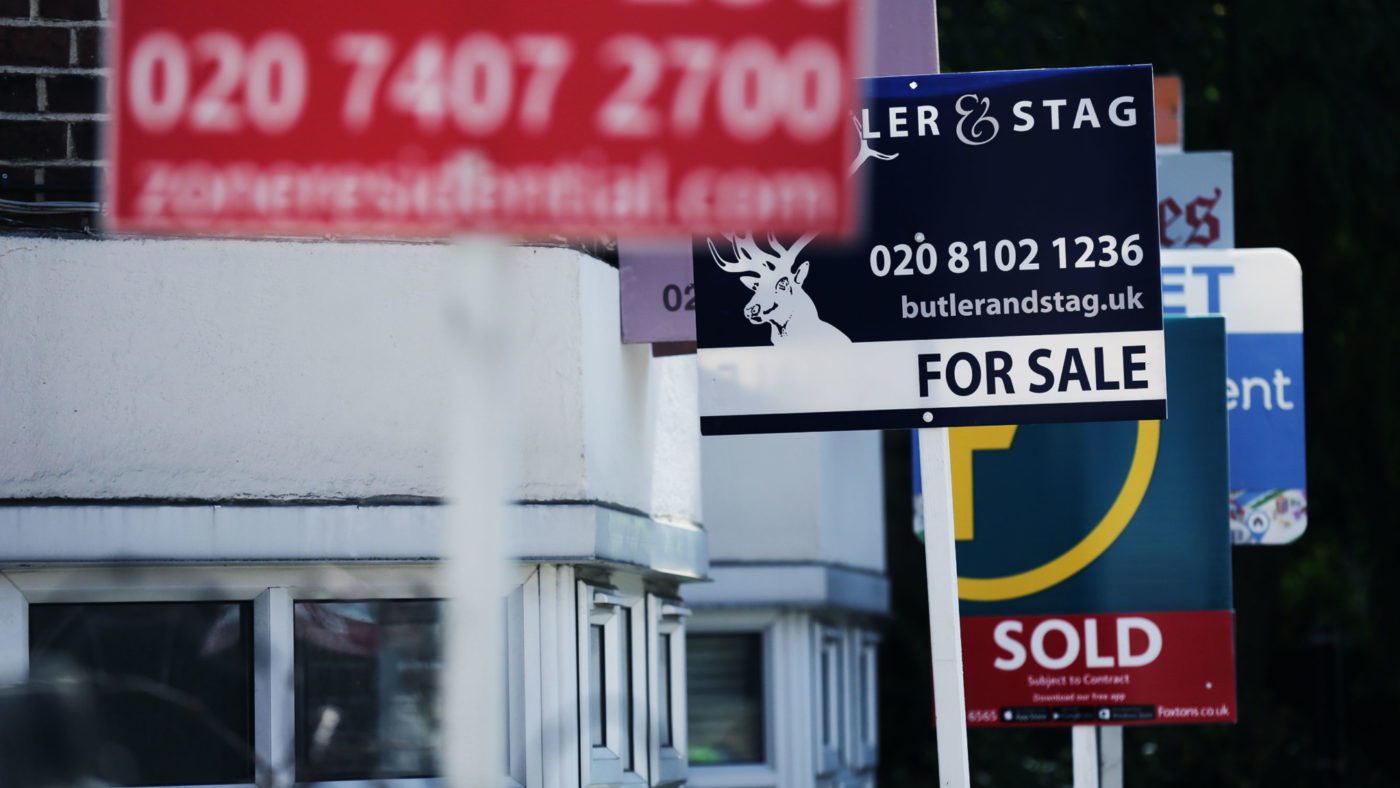If there is one thing (apart from Brexit) that politicians in the UK acknowledge the need to do something about, it is housing. The average house price is now almost eight times the average salary, meaning even the smallest starter homes are well beyond the reach of all but a few first-time buyers.
The well-documented result is that much of the Millennial generation has been shut out of the housing market. Left without a stake in a property-owning economy, many are naturally beginning to question some of the basic tenets of that economic system itself.
The fact that there has been a serious lack of house building in recent decades is well known. What is less widely acknowledged – but equally to blame – is the role interest rates have played in creating the housing crisis.
In 2006, a monthly payment of £1000 would have funded a mortgage of £145,000; today that £1000 supports one of £185,000. The problem is that as mortgages have grown bigger, house prices have simply adjusted to accommodate the extra buying power enabled by low interest rates. If you combine that debt-fuelled buying power with a housing supply that responds slowly – if at all – to demand pressures, the result is inevitable: rapidly rising prices.
Few politicians are looking at monetary policy as a part of any solution. The excuse for inaction is that the Bank of England is independent; it is not for politicians to tell the Bank and its Monetary Policy Committee how to do their job.
Except that the Bank has what is known as “operational independence” to meet the mandate that Parliament has set it. That mandate is to keep inflation at or below a target rate of 2 per cent. It is completely the responsibility of the Government of the day to change the mandate as and when circumstances change. If Parliament were to say to the Bank that they had to maintain an inflation target and at the same time be mindful of asset prices, the wisdom of simply leaving interest rates at a rock bottom would have to be questioned. As Robert Colvile has pointed out on CapX, more and more central bankers are starting to question the wisdom of targeting inflation alone.
Time is of the essence. The opportunity to begin the slow process of raising interest rates first emerged in 2014. The economy was moving ahead, the cost of capital was not an issue for businesses and inflation was low. In these circumstances, monetary policy should have been put on a path to normalisation. Instead yields were held down with the inevitable result that asset prices marched upwards at an increasing pace. It is time to reverse this pressure, allowing yields to rise and prices to decrease.
The Government’s response to the problem of housing costs, aside from exhortations to build more homes, is the help to buy scheme. This is far from the ideal solution and will at best help a few more people to own a home, one they will have purchased at the top of the market. How much these new purchasers will thank the Government as and when house prices correct is a matter for another day.
No solution to this problem is going to be instant, or anything close to quick. But what is needed is clear political direction to the Bank of England to broaden its interest rate setting mandate, and for the Monetary Policy Committee to act upon that new mandate.
When in trouble, popular initiatives like help to buy may be politically expedient, but what is really critical is to set a strategic course which will actually fix the the housing crisis – however long it takes.


